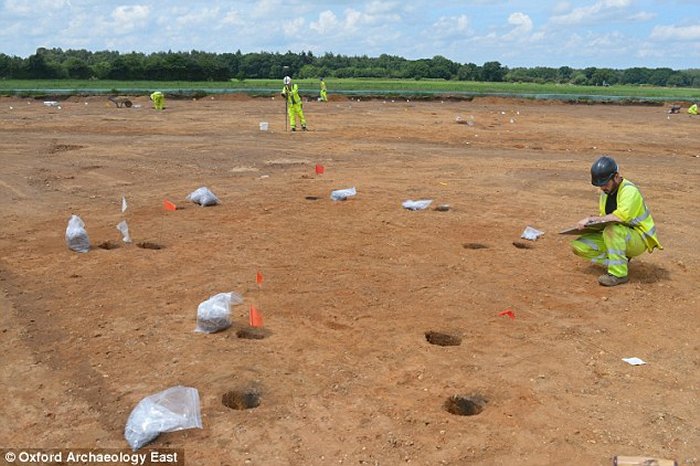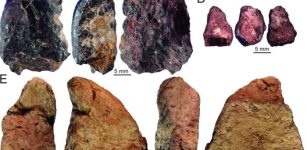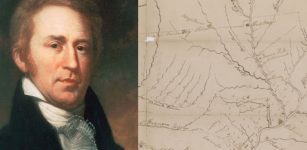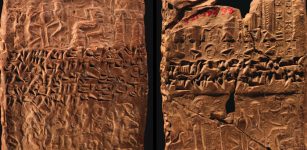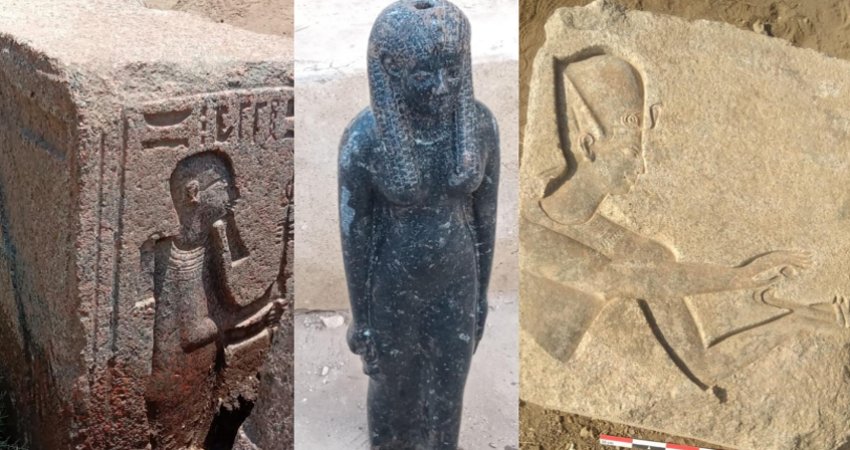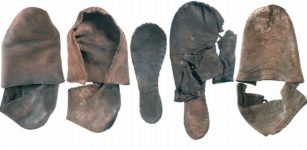Curious Bronze Age Settlement With Mysterious Postholes Discovered In Norfolk
MessageToEagle.com – A curious Bronze Age settlement separated by mysterious postholes has been discovered in Norfolk, UK.
The entire settlement dates between 1,500 to 1,200 BC and measures 246 foot (75m) by 164 foot (50m). It includes between 8 and 10 structures or roundhouses. What is odd is that the buildings are separated by a number of postholes instead of ditches. The purpose of the postholes is unknown and these holes make the ancient site very unusual.
Scientists cannot explain why these ‘impractical’ postholes were used at all.
Bronze Age settlements have been discovered in Norfolk before, but not with postholes.
At this ancient site, archaeologists also found artifacts such as pottery, flint and a complete spindle wheel.
See also:
Human Footprints Dating Back 800,000-Year Discovered In Norfolk UK
Oklahoma’s Ancient Mosaic Floor With Mysterious “Post Holes” Could Re-Write History Of North America
Fascinating Giant Ancient Stone Circle Discovered Near Durrington Walls – Stonehenge’s Big Brother
“Finds include pottery, struck flint, burnt flint and craft items such as loom weight fragments and a complete fired clay spindle whorl. The sort of domestic assemblage you would expect within a Bronze Age settlement,” scientists said.
According to David Gurney, county archaeologist for Norfolk, the findings are potentially of national importance.
There are few excavated Bronze Age settlements within Norfolk, but what really elevates it are the posthole alignments.
“The exact function of the alignments is still not clear.
They obviously form boundaries, but ones which are not entirely functional or indeed practical.
The Middle Bronze Age is when much of lowland southern Britain was divided into fields for the first time, but these fields were typically formed by ditches, banks or hedgerows – to find a field system formed in this way is very unusual,” a spokesman from Oxford Archaeology East said.
MessageToEagle.com

